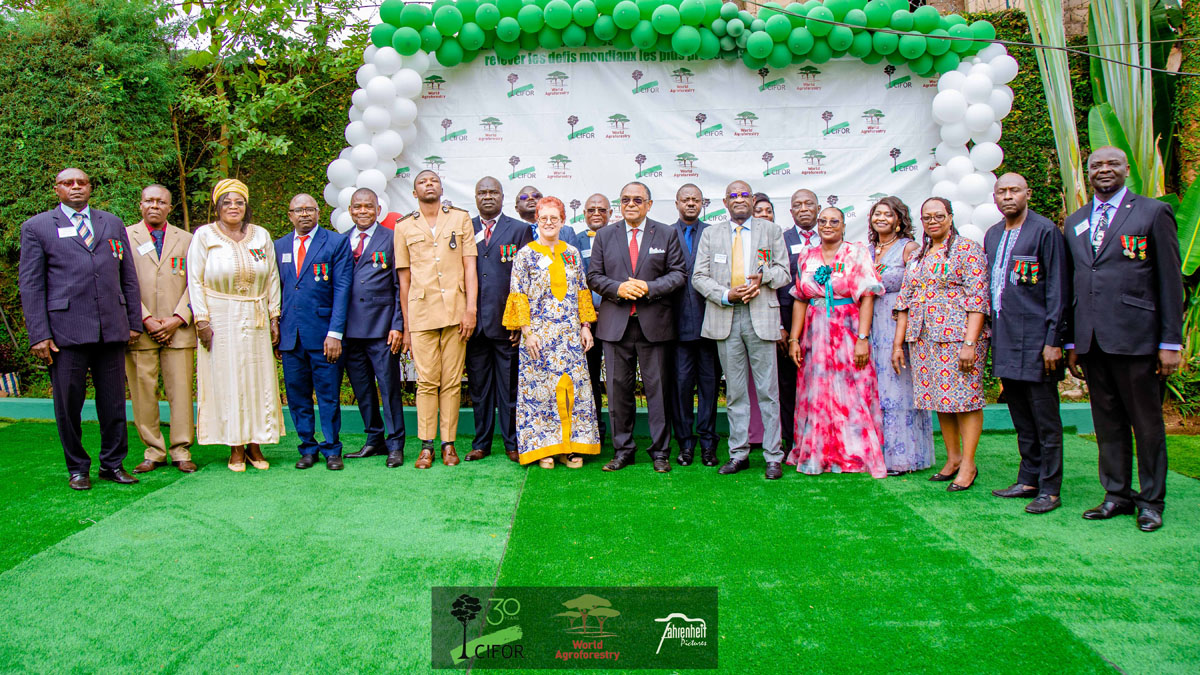Cowpea sown in tropical monsoon climates is often constrained by soil saturation and a high water table during growth. We hypothesized that a strong interaction exists between cowpea maturity class and the soil water table depth regime experienced during the growing season and that the occurrence of shallow water table depths in the dry-wet transition period before rice and the rapid decline in water table depth in the wet-dry post-rice period favor early maturing cultlvars. The effects of three water table regimes on the performance of 24 diverse cowpea [Vigna unguiculat (L.) Walp] cultivars was studied on a Typic Tropudalf toposequence. The water table depths in the shallow (SWT) medium (MWT) and deep (DWT) water table regimes varied between 0.06 to 0.54 m 0.28 to 0.96 m and 0.68 to 1.44 m in the 2 yr of dry season (DS) experiments. In the wet season fWS) the three regimes were 0 to 0.27 m 0.30 to 0.60 m and 0.55 to 1.05 m. Most of the early maturing cultivars exhibited their best performance in the DWT regime but the medium maturing cultivars were superior in seed yields in all water table regimes. The mean yields of the early maturing cultivars were reduced by 49% (1986–1987 DS) and 57% (1987–1988 DS) in SWT compared to DWT. They were reduced by 50% in the 1987 wet season. The mean yield reductions for the medium maturing cultivars were 40% 54% and 51% respectively in SWT compared to DWT. Pods per plant was the yield component most affected by excess moisture. Flowering in the SWT was delayed by 4 vs 5 d (DS) and 5 vs 7 d (WS) between the early and medium maturing cultivar groups respectively. The superiority of the medium maturing cultivats was consistent among sites with a water table within the root zone for a major portion of the crop season.
DOI:
http://dx.doi.org/10.2134/agronj1993.00021962008500020036x
Altmetric score:
Dimensions Citation Count:























